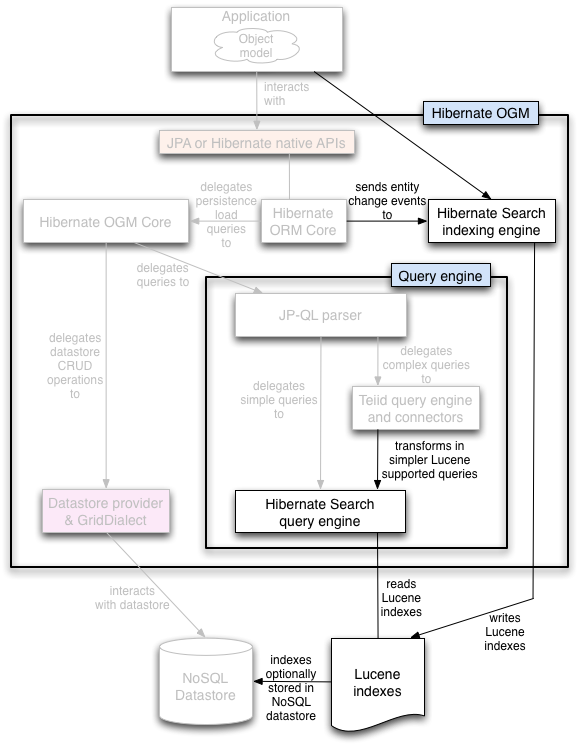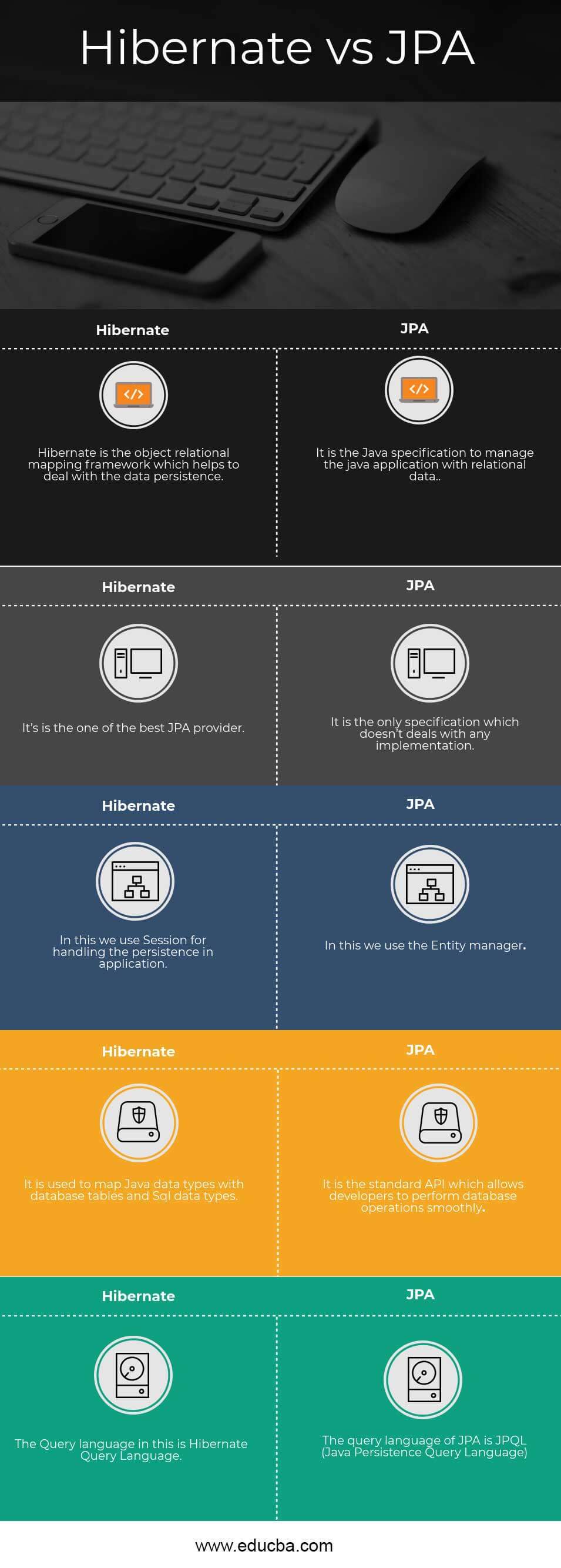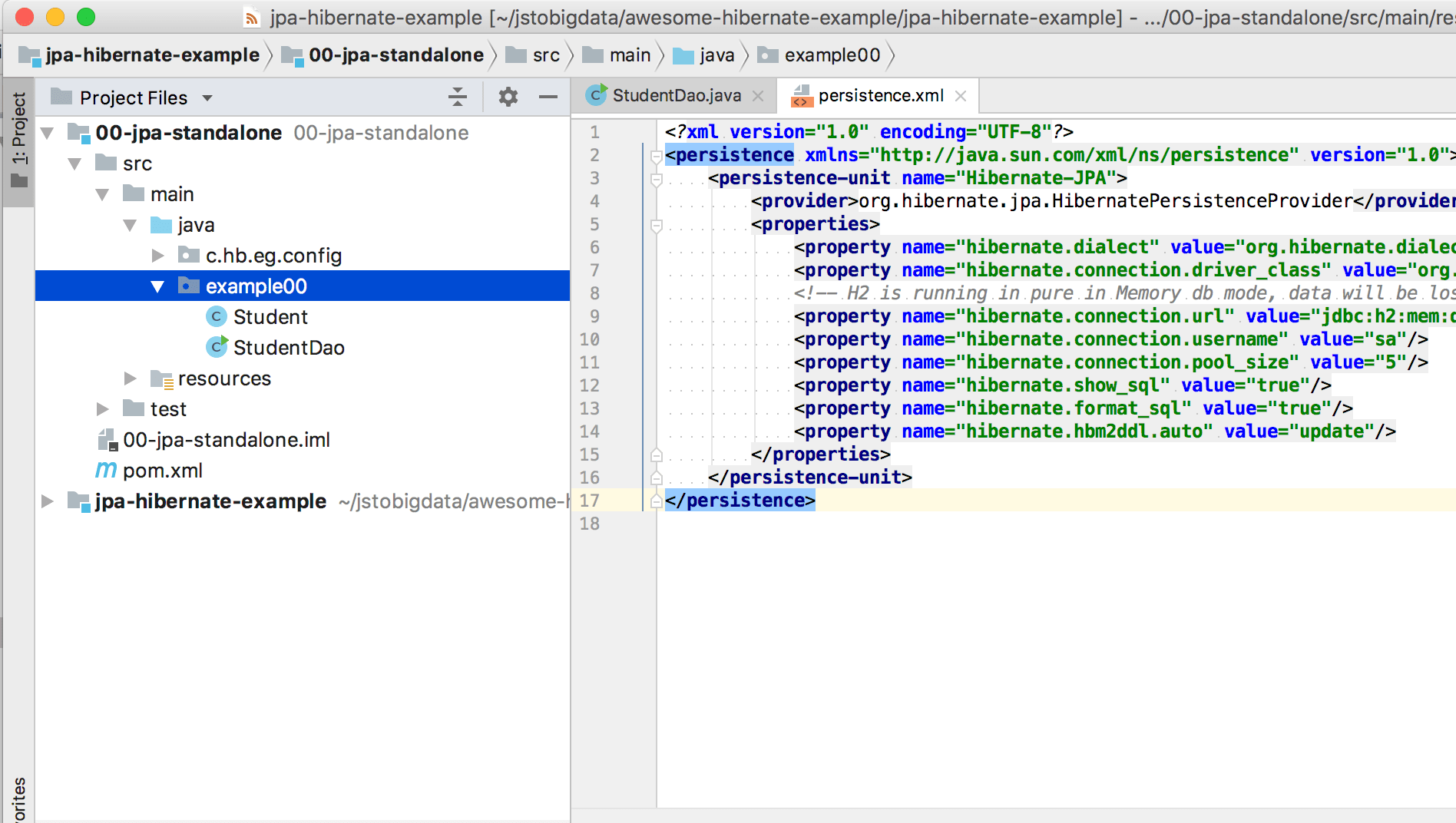Roads & PavementRoads & Pavement
Barefoot
Minimal
Low
Medium
High
Maximal
All around running shoes offer comfort and cushioning for daily runs, jogs, walks, and long mileage. They offer enough versatility for both faster and slower runs and are a great option for those who want one running shoe to do it all.
Fast run or uptempo running shoes are lightweight and responsive. They offer streamlined designs that have minimal uppers and offer a high level of energy return. These shoes are a great option for faster runs in the week or those looking for a livelier experience.
Max Cushion shoes offer premium cushioning with ample ground protection and a stable ride. These types of shoes provide abundant impact protection that softens landings while running at any pace or distance. These types of shoes are best for slower recovery runs and easy days where comfort takes priority.
Racing shoes are designed with optimal performance in mind. These types of shoes have snug-fitting uppers, energetic midsole foams, and features implemented for maximum efficiency. These types of shoes are best for runners looking to gain the ultimate advantage in races but may sacrifice some durability and comfort.
Gym Workout shoes offer a stable and versatile ride. They have a firmer underfoot feeling that provides stability for lateral movements with comfortable uppers. These types of shoes are best for trips to the gyms, cross training, casual wear, and light running. Hibernate OGM Reference Guide
Road running shoes feature smooth outsoles that are designed for running on paved surfaces such as roads, sidewalks, and bike paths.
Designed to handle most trail runs, these shoes prioritize comfort and a smooth ride. These shoes are great for anything from smooth singletrack, park trails, and fireroads making them ideal for those who run from their doorstep on streets before hitting the trail.
These shoes are best used for hard, rugged trails such as shale, granite or sandstone where grip on smooth surfaces and underfoot protection are important.
Designed for use in muddy, soggy conditions, these shoes feature very aggressive outsoles that dig deep into soft ground for exceptional traction.
These shoes feature technical outsoles designed to grip snowy and icy trails making them ideal for winter trail running.
Cushioning level, or stack height, refers to how much shoe is between your foot and the ground. For this category, we reference the amount of cushioning below the forefoot as the heel height will be equal to or greater than the forefoot height.
GitHub ariga atlas provider hibernate Hibernate provider for
0-13mm. The Shoe generally does not have a midsole and feels like there is no cushioning. This shoe is all about feeling the ground underfoot.
14-18mm. The shoe has a thin midsole that allows for a natural running experience. Racing shoes and minimalist shoes are common here. These shoes offer a feeling of being connected to the road or trail.
19-23mm. The shoe has a slightly cushioned feel and may feature added cushioning technologies. Performance training shoes and some trail shoes are common here. These offer protection during footstrike but prioritize a lightweight, grounded experience.
24-28mm. These shoes have a stack height that fall near the middle of the spectrum.The shoes in this category are verstaile and great for all types of runs and distances.
29-34mm. The shoe has a thick midsole and ample cushioning. These shoes are highly protective and absorb more impact than the body.
35mm plus. The shoe has an extremely thick midsole and extra cushioning. The focus is on protection and soft foam underfoot with hardly any ground feel.
Neutral shoes support the foot through a normal range of arch collapse and generally do not have a built-in technology to correct movement.
Stability shoes are a great option for those who overpronate or need added support. These shoes help to limit the inward rolling motion of the ankle while running or walking and assist in guiding the foot straight through the gait cycle. Hibernate vs JPA Learn Top 5 Most Successful Differences
Product Details:
Hibernate5 HHH000181 No appropriate connection provider encountered assuming application will clearance, Hibernate vs JPA vs Spring Data JPA by Dineshchandgr A Top clearance, Hibernate The Silver Bullet Toptal clearance, No Persistence provider for EntityManager named CSDN clearance, DLK Career Development Centre Chennai Leading Hibernate Training clearance, Simplified Database Management with Hibernate Eightify clearance, Remove Hibernate provider warning Issue 218 resthub resthub clearance, Using Eclipse Dali with Hibernate as Persistence Provider Edem clearance, Hibernate ORM User Guide clearance, spring Can .hbm files be used in a JPA application with clearance, Hibernate your cluster Stakater App Agility Platform SAAP clearance, Hibernate as JPA Provider clearance, jpa hibernate presentation PPT clearance, Hibernate Certification BSAI Academy Nepal s 1st Online IT clearance, javaskool Hibernate Framework ORM Tool Hibernate API clearance, Hibernate Second Level Cache NCache clearance, Java Hibernate 2. Introduction by Reetinder Bhullar Medium clearance, Hibernate one to one mapping using Annotations TopJavaTutorial clearance, Fixed No Persistence Provider for EntityManager named XXX clearance, Mingtao s Java World Use Hibernate as JPA provider in Glassfish clearance, GitHub Karls92 JPA and Hibernate example of a persist class clearance, Hibernate Vs Spring Data JPA PDF clearance, Top 40 Hibernate Interview Questions Answers in 2024 clearance, Chapter 2. Architecture clearance, Hibernate Will Internally Determine Which ConnectionProvider in Hibernate clearance, Top 100 Hibernate Interview Questions and Answers 2023 clearance, Java hibernate orm implementation tool PPT clearance, Hibernate ORM with JAVA Example shdhumale clearance, Using Apache Ignite as a Hibernate second level cache Bogdan Stirbat clearance, Hibernate Java based ORM framework for database interactions clearance, java I can t find resolve PersistenceException No Persistence clearance, java Hibernate Entity Mapping Stack Overflow clearance, Error hibernate No Persistence provider for EntityManager named clearance, Hibernate ORM 5.3.36.Final User Guide clearance, Why you should always use hibernate nnection clearance, Hibernate Architecture Tutorial javatpoint clearance, java Hibernate JPA No Persistence provider for EntityManager clearance, Steps to persist an Entity Advanced JPA Tutorial Jstobigdata clearance, Hibernate vs JPA Learn Top 5 Most Successful Differences clearance, GitHub ariga atlas provider hibernate Hibernate provider for clearance, Hibernate OGM Reference Guide clearance, Hibernate ORM 5.0 User Guide clearance, Hibernate Overview javaspringclub clearance, Hibernate ORM User Guide clearance, Chapter 3. Architecture clearance, JPA Vs Hibernate Hibernate JPA provider clearance, Hibernate Architecture clearance, Hibernate Tutorial For Beginners DigitalOcean clearance, Use Hibernate as a JPA Provider within Payara clearance, Hibernate Second Level Cache Explained Hazelcast clearance, Product Info:
Hibernate provider clearance.
- Increased inherent stability
- Smooth transitions
- All day comfort
Model Number: SKU#7491508




